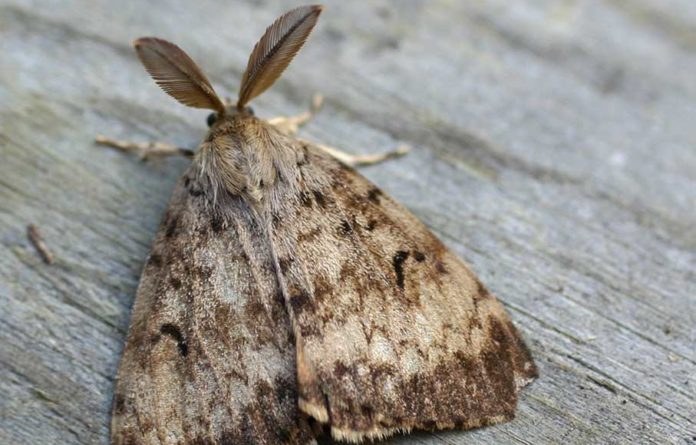Three southern Vancouver Island locations will undergo aerial-spray treatments this spring, to prevent an invasive moth species from becoming established and reduce the risk they post to the natural wildlife.
According to the Ministry of Forests, Lands, Natural Resource Operations and Rural Development, the population of Lymantria moths in BC increased dramatically in 2021.
The moth is not native to the province, but an introduced pest, commonly transported to BC on recreational vehicles and outdoor household articles originating from affected areas such as Ontario and Quebec.
Once the invasive species arrives in the province, their presence poses a risk to forests, farms, orchards and urban trees.
Specifically, trees such as Garry oak, arbutus, red alder, aspen, cottonwood, maple, orchard fruit trees, nut trees and many species of urban ornamental trees are affected, as well as food crops.
If left untreated, the moths could spread to other areas of the province and pose a threat to native forests.
As a result, the Ministry of Forests, Lands, Natural Resource Operations and Rural Development has announced specific locations of concern that will be sprayed.
Between April 15th and June 30th, View Royal around Thetis Lake, Nanoose Bay and Cowichan Lake will be sprayed with Foray 48B in four applications.
Foray 48B is used in organic farming and contains an active ingredient that is naturally present in urban, agricultural and forest soils throughout British Columbia.
The active ingredient, Bacillus thuringiensis var kurstaki (Btk), does not harm humans, mammals, birds, fish, plants, reptiles, amphibians, bees or other insects. It only affects Lymantria moth caterpillars after they ingest it.
The specific treatment areas can be found below:
- View Royal (50 hectares south of Thetis Lake Regional Park and the Trans-Canada Highway)
- Nanoose Bay (1,068 hectares south of Nanoose Bay to the northern boundary of the City of Nanaimo)
- Cowichan Lake (402 hectares at the easternmost tip of the lake and part of the Town of Lake Cowichan)


